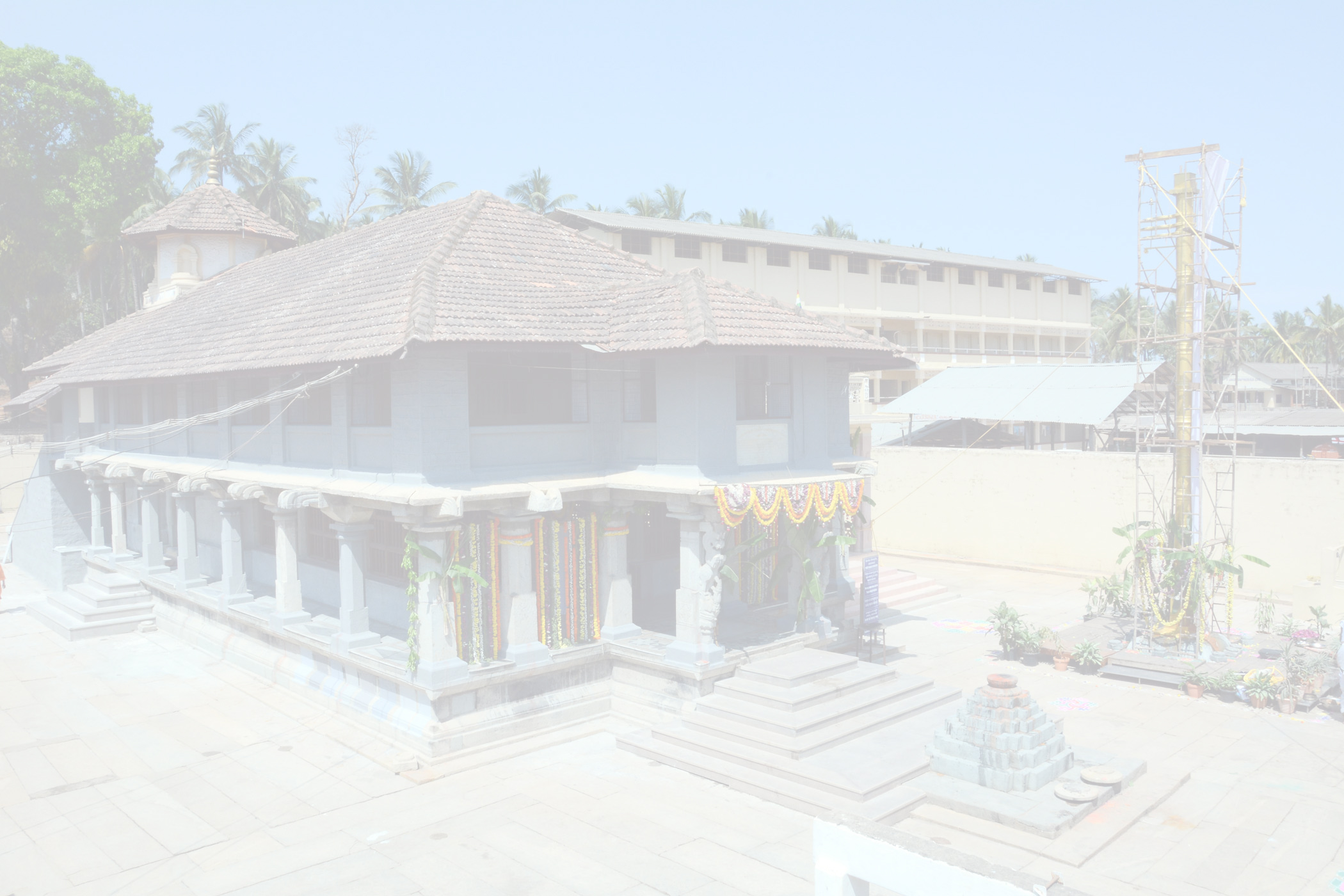The credit of patronising Jainism in South India & the region in and around Hombuja goes to the Santharas. We can find first references of Santharas in the inscriptions installed by the Chalukyan king Vinayaditya. As already mentioned in this website the Santhara kingdom was established by Jinadattaraya. He was a staunch follower of Jainism and had donated a village by name Kumbhasikapura for carrying out day to day abisheka of Jain idols.
Vikrama Santha had built a separate residence to his guru Mouni Siddantha Bhattaraka of kunda Kundanvaya tradition in 897 A.D. The Gudda Basadi was built by him & he had donated the idol of Lord Bahubali to be installed at the temple.
Bhujabali Santha had built a Jain temple at Hombuja & had named it after him. Further, he had donated the village Harivara for the well being of his guru Kanakanandi deva.
Nanni Santha, brother of Bhujabali Santha was a staunch follower of Jainism & was very much involved in pooja and other rituals.
An inscription of A.D. 1103 states that Malla Santha in memory of his wife Veera Abbarasi & in honour to his Guru Vadigaratta Ajithasena Pandita Deva had laid the foundation stone of a temple at Hombuja. This temple was built in front of the present Pancha Basadi.
Bhujbalaganga Permadi (A.D. 1115) one of the rulers of Hombuja had renovated a temple & had donated several villages to it. This temple was built by Dadiga & Madhava the founders of Ganga kingdom.
Nanniyaganga, son of Bhujabalaganga renovated the same temple in A.D. 1122 and donated some lands to the temple. Nanniyaganga built 25 Jain temples for popularising the religion.
Veerasantha (A.D. 1172) who suceeded Nanniyaganga was called as “Jinadevana Charana Kamalgala Bhrama” as a mark of respect to his contribution to Jainism.

